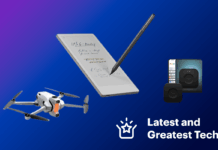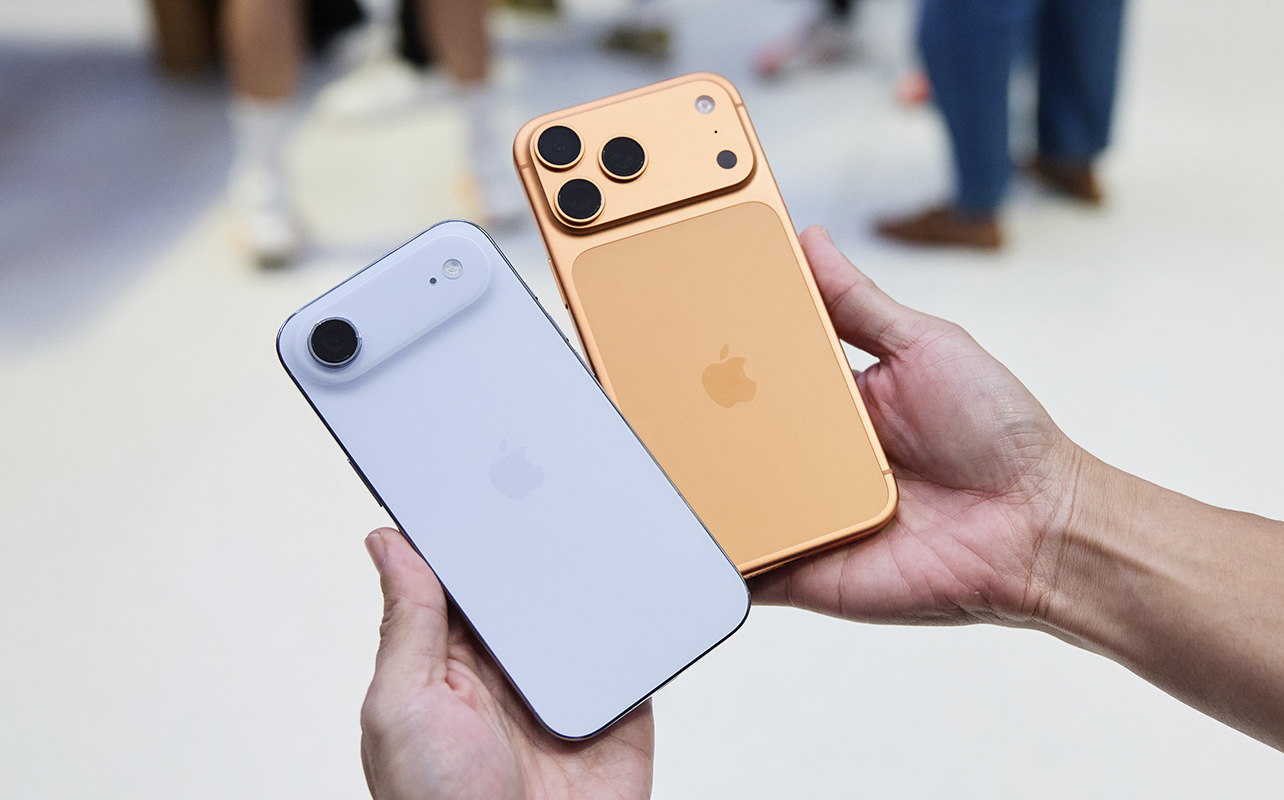
When Apple introduces its new iPhone series, there are always three variants: the entry model with the numerical moniker, a Pro version, and a larger Pro Max version. This year however, with the iPhone 17 series, Apple threw another option into the mix: the super slim iPhone Air. This incredibly thin phone is the coolest looking one yet, but it also comes with feature concessions. Likewise, the iPhone 17, 17 Pro, and 17 Pro Max share similarities like Apple Intelligence, durable designs, and iOS 26 upgrades. But there are subtle and meaningful differences that might sway your decision.
If you’re looking to upgrade but aren’t sure which model is for you, this guide is designed to help. I’ll outline the key features of each phone, the differences among them, and to whom each one would be best suited based on your needs, priorities, and budget.
A brief overview
First, I’ll highlight the main differences among the four models. The iPhone 17 is the base model. It has all the new features of iOS 26 and base-level specs. While still a premium device, it lacks upgrades you’ll find in the Pro and Pro Max models. The iPhone 17 Pro and Pro Max are virtually identical (there are slight differences I’ll discuss further on) but for the screen size. As the name implies, the Max is much larger. The new iPhone Air, a first for Apple, is just 5.6mm and extremely lightweight. But this comes at the expense of some features.
Spec comparison table
Let’s breakdown the key specs of each phone before getting into the nitty-gritty details.
| iPhone 17 | iPhone 17 Pro | iPhone 17 Pro Max | iPhone Air | |
| Colours | Lavender, Sage, Mist Blue, White, Black | Cosmic Orange, Deep Blue, Silver | Cosmic Orange, Deep Blue, Silver | Sky Blue, Light Gold, Cloud White, Space Black |
| Screen Size | 6.3 inches | 6.3 inches | 6.9 inches | 6.5 inches |
| Screen Type | Super Retina XDR OLED | Super Retina XDR OLED | Super Retina XDR OLED | Super Retina XDR OLED |
| Screen Resolution | 2,622 x 1,206 | 2,622 x 1,206 | 2,868 x 1,320 | 2,736 x 1,260 |
| Max Brightness | 3,000 nits | 3,000 nits | 3,000 nits | 3,000 nits |
| ProMotion | Yes (120Hz adaptive refresh rate) | Yes (120Hz adaptive refresh rate) | Yes (120Hz adaptive refresh rate) | Yes (120Hz adaptive refresh rate) |
| Materials | Aluminum frame, Ceramic Shield 2 front | Aluminum unibody, Ceramic Shield 2 front and back | Aluminum unibody, Ceramic Shield front and back | Titanium frame, Ceramic Shield 2 front and back |
| Water and Dust Resistance | IP68 | IP68 | IP68 | IP68 |
| Chip and Processor | A19, 6-core CPU, 5-core GPU | A19 Pro (6-core CPU, 6-core GPU) | A19 Pro (6-core CPU, 6-core GPU) | A19 Pro (6-core CPU, 5-core GPU) |
| Battery Life | Up to 30 hours video playback | Up to 33 hours video playback | Up to 39 hours video playback | Up to 27 hours video playback |
| Wireless Charging Speed | 25W (with 30W adapter) | 25W (with 30W adapter) | 25W (with 30W adapter) | 20W (with 30W adapter) |
| Cameras | 48MP main, 48MP ultra-wide, 18MP Center Stage | 48MP main, 48MP ultra-wide, 48MP telephoto, 18MP Center Stage | 48MP main, 48MP ultra-wide, 48MP telephoto, 18MP Center Stage | 48MP main, 18MP Center Stage (no Macro) |
| Optical Zoom Range | 2x | 8x | 8x | 2x |
| Storage Options | 256GB, 512GB | 256GB, 512GB, 1TB | 256GB, 512GB, 1TB, 2TB | 256GB, 512GB, 1TB |
| USB-C Port | USB-C (Supports USB 2) | USB-C (supports USB 3) | USB-C (supports USB 3) | USB-C (supports USB 2) |
| Dimensions | 5.89 x 2.81 x .031 inches | 5.91 x 2.83 x .034 inches | 6.43 x 3.07 x 0.34 inches | 6.15 x 2.94 x 0.22 inches |
| Weight | 177 grams | 206 grams | 233 grams | 165 grams |
Comparing iPhone 17 models in all the key areas
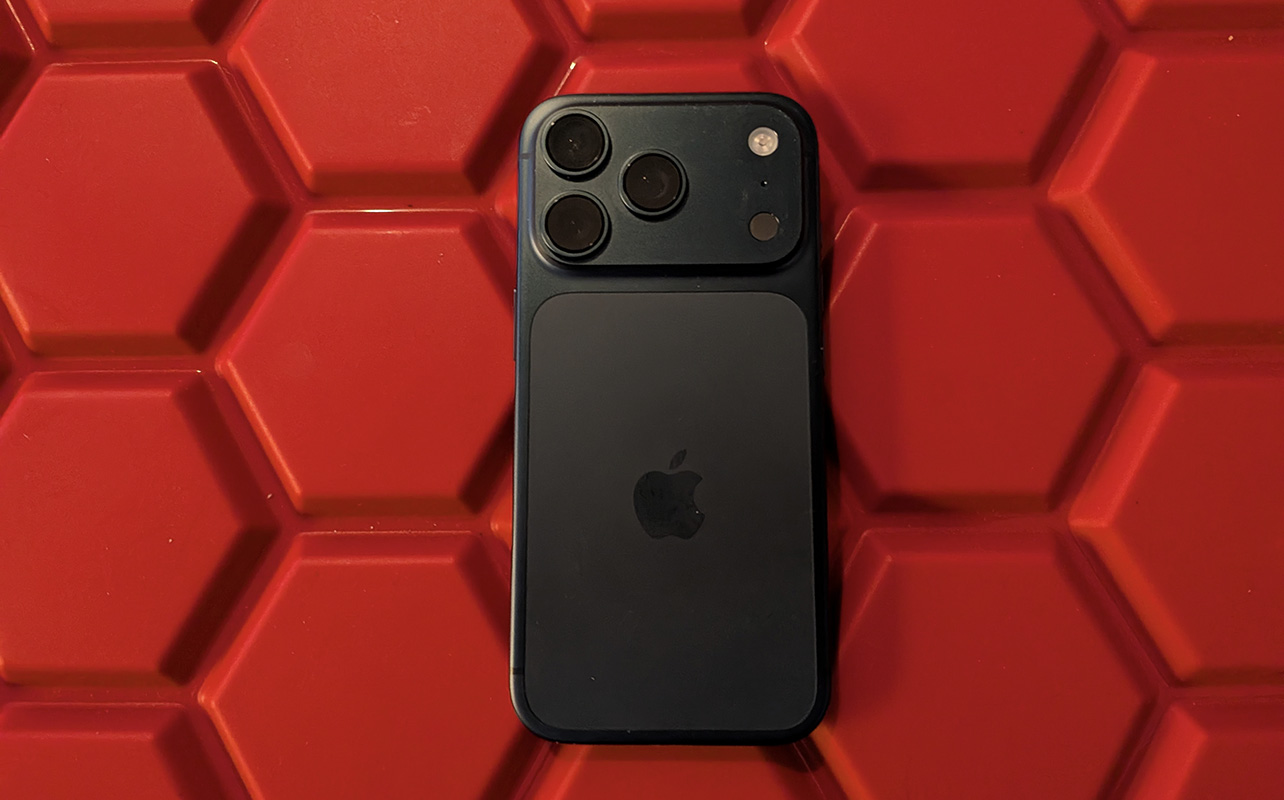
Now that you have this table as a guide, let’s dive deeper into each of the key specs for these phones.
Screen and display differences
The iPhone 17 and iPhone 17 Pro have the same size screen though in terms of dimensions, the iPhone 17 is a smidge smaller (barely noticeable) and about 30 grams lighter. The iPhone 17 Air has a slightly larger screen while the Pro Max has the largest of the bunch, ideal for those who like big-screened phones.
All four models come standard with ProMotion, Apple’s fancy way of describing an adaptive 120Hz refresh rate. You’ll experience smooth scrolling while navigating and snappy, blur-free visuals while gaming. They can all reach up to 3,000 nits peak brightness, making the screens viewable in direct sunlight. In terms of resolution, you get a slight upgrade with the 17 Pro Max and Air. All four have a Super Retina XDR OLED screen.
Design, materials, and durability
All four phones meet an IP68 rating, which means they are resistant to both dust and water, and can even be submerged in up to six metres of water for up to 30 minutes. All but the Air, which has a titanium frame, have an aluminum frame and a Ceramic Shield 2 front for extra durability. The Pro, Pro Max, and Air add a Ceramic Shield 2 back as well. This makes them more scratch-resistant than previous models.
They all come in unique colours, the Cosmic Orange a bright and bold option for the Pro and Pro Max. The Air’s colours are elegant and refined, making a classier statement: it’s a stylish fashion accessory as much as it is a phone.
Camera upgrades
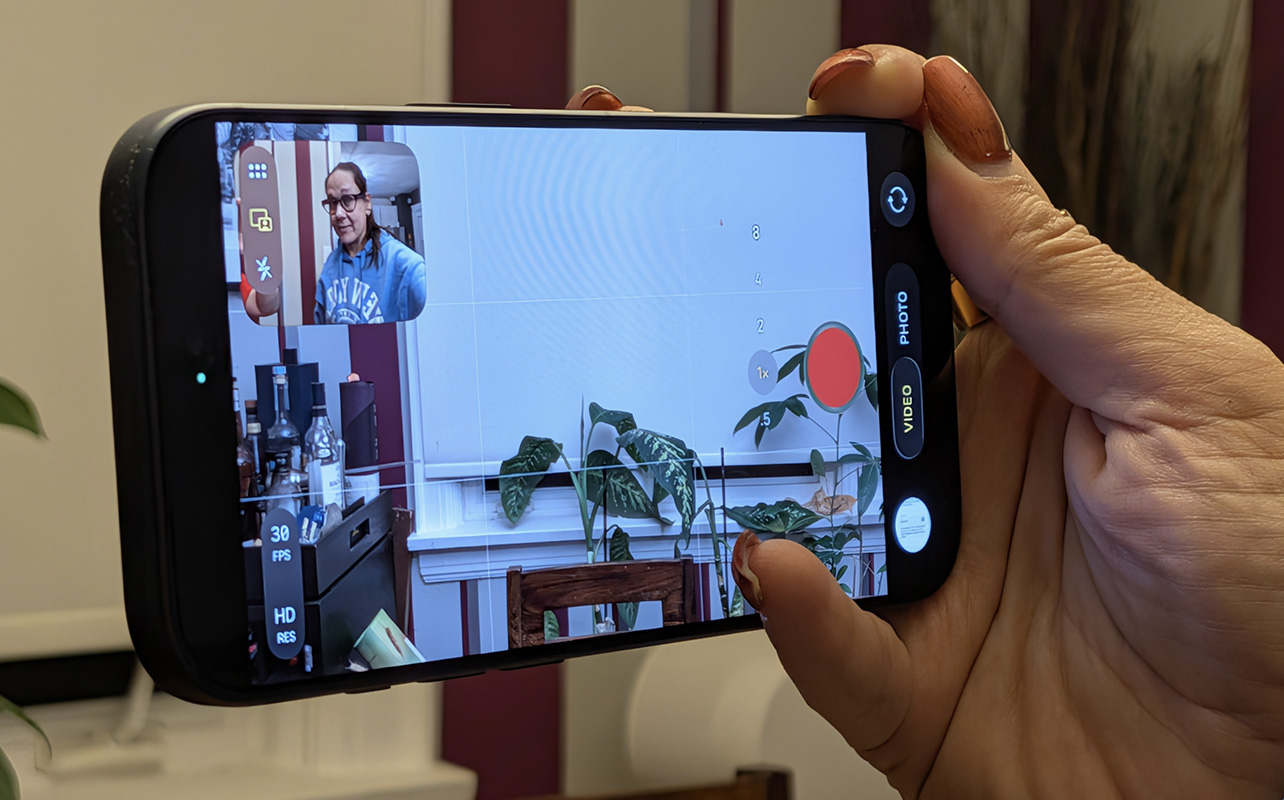
All four new phones have fabulous new camera features.
Center Stage helps with selfies
With the Center Stage camera, there’s auto zoom and rotate, which allows you to fit more people in the frame without having to hold the phone sideways. I’ve used it extensively with the iPhone 17 Pro and it’s flawless.
Dual Capture lets you record two points-of-view
There’s also Dual Capture, which allows you to record both what’s in front of you as well as your point-of-view in a small window at the same time. It’s great for reaction videos while playing video games or at a kids’ sporting event.
48MP cameras are a step up
The iPhone 17 Pro and Pro Max have a leg up with a 48MP Pro Fusion camera system that includes, for the first time in iPhone, three 48MP lenses. This includes a telephoto lens with up to 8x optical zoom. The iPhone 17 only has a 48MP Dual Fusion camera system with two 48MP cameras (main and ultra-wide) but no telephoto. The optical zoom also taps out at 2x. The iPhone Air makes major concessions in the camera department with just a single 48MP camera alongside the 18MP Center Stage front camera. There’s no telephoto lens, optical zoom is just 2x, and you can’t take close-up macro pics either.
Enhanced video capture
For videos, all four can capture Dolby Vision up to 4K, but the Pro and Pro Max can do at 120 frames-per-second (fps) while the iPhone 17 and Air tap out at 60 fps. There are more video recording options with the iPhone 17, Pro, and Pro Max as well, like Cinematic mode and Spatial video. The Pro and Pro Max add features like ProRes video and RAW recording as well as a studio-quality mic array.
Storage options
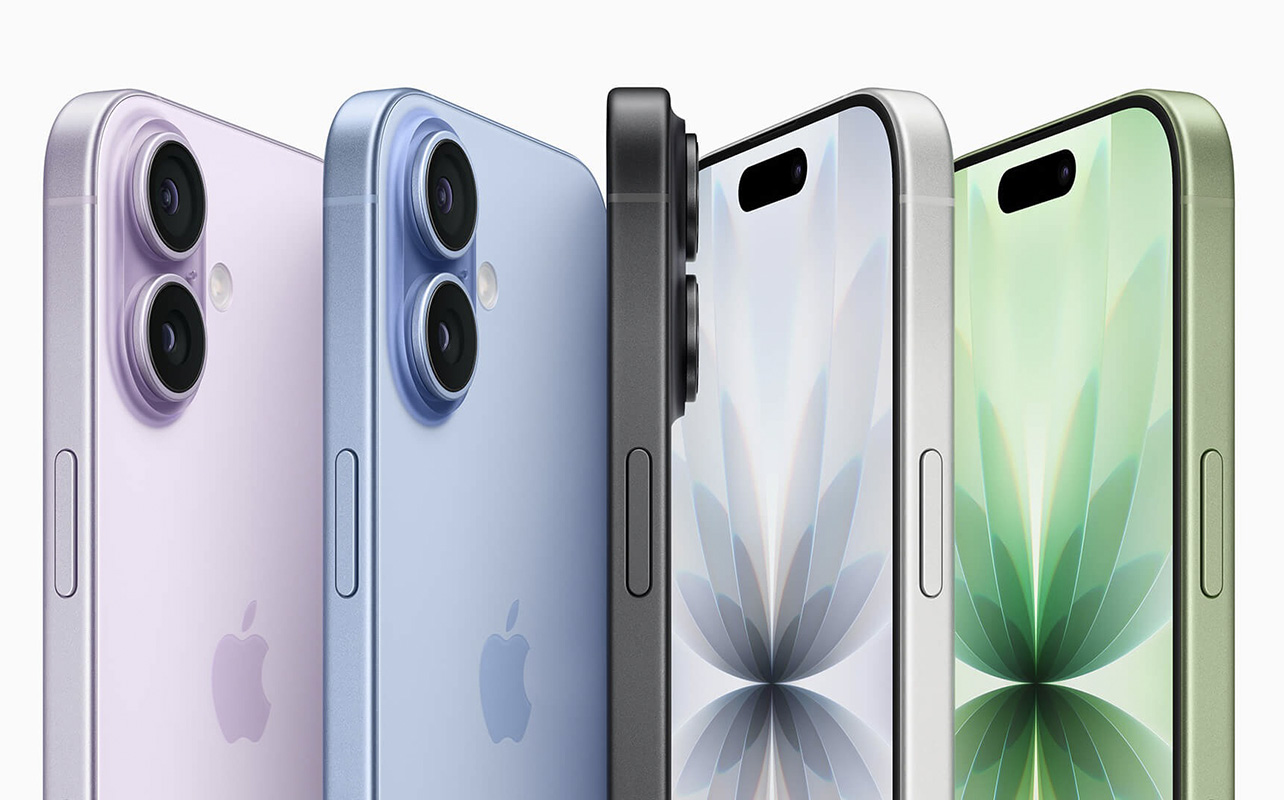
For heavy users, especially who download games, apps, record 4K videos, and snap tops of high-res photos, you’ll want as much storage as you can get. The iPhone 17 only goes up to 512GB while the iPhone 17 Pro and Air have a 1TB option and the 17 Pro Max has a double-sized 2TB option. As with all iPhones, none of them have expandable memory so you’ll need to rely on iCloud or external storage beyond that.
eSIM connectivity: is there still a SIM tray?
With all four models, Apple has done away with the physical SIM card tray. Instead, they exclusively use an electronic SIM or eSIM. If you’re upgrading from a much older device with a physical SIM, you can convert this to an eSIM. Contact your carrier or visit a Best Buy or Best Buy Mobile location for assistance if needed. They support dual eSIMs, which means you can have your primary number as well as a secondary eSIM loaded onto the device at the same time, like a work number or for travel. You can also store up to eight more SIMs, perfect for world travelers.
Battery and charging speeds
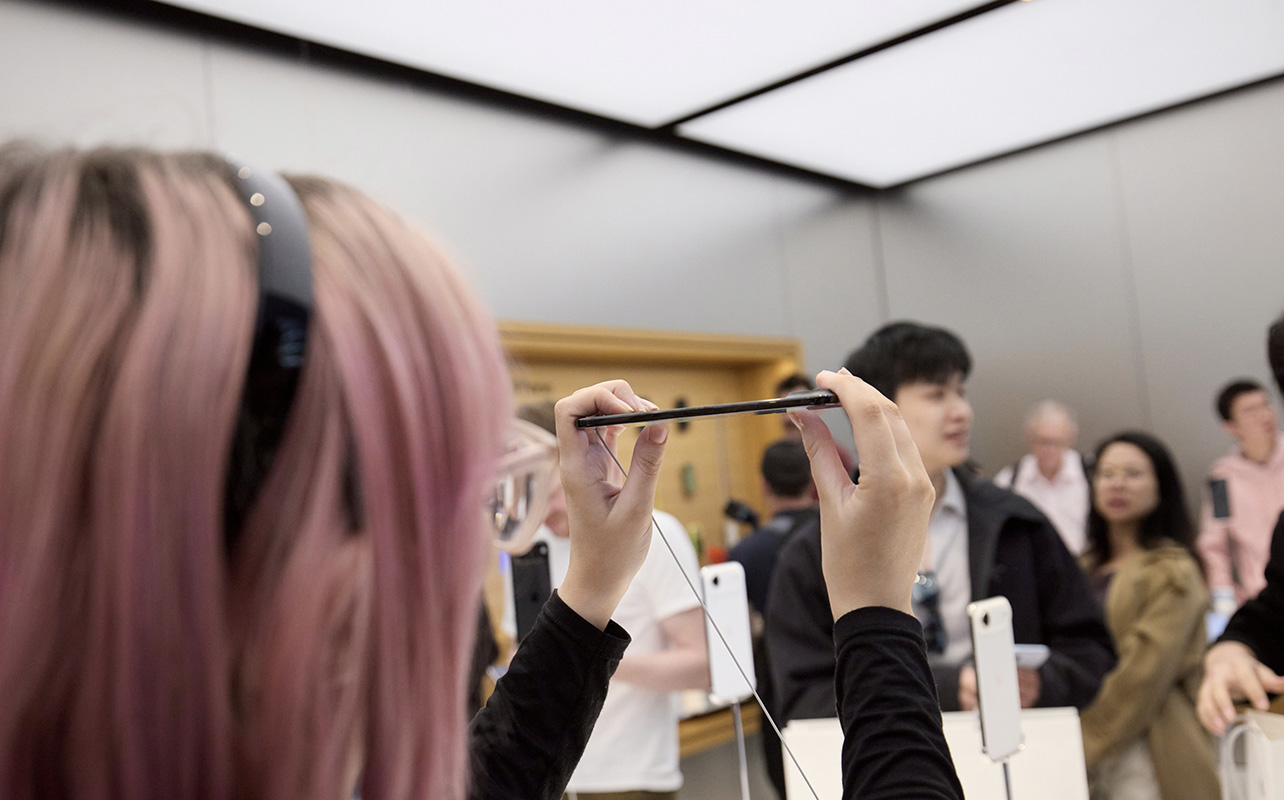
There are major differences in battery life and wired and wireless charging speeds with these four phones.
- iPhone 17: Up to 30 hours of video playback, 27 of streaming video.
- iPhone 17 Pro: Up to 33 hours of video, 30 hours of streaming video.
- iPhone 17 Pro Max: Up to 39 hours of video, 35 hours of streaming video.
- iPhone Air: Up to 27 hours of video, 22 hours of streaming video. You can increase this to up to 40 hours of video, 35 hours streaming, with the iPhone Air MagSafe Battery. But if you’re going to clip this on all the time, you might as well get the Pro.
With the iPhone 17, 17 Pro, and 17 Pro Max, you can fast charge the phone for 20 minutes to get it back up to 50% using an optional 40W or higher adapter. They also support MagSafe and Qi2 wireless charging as well. With a 30W or higher adapter and MagSafe charger, these three phones can get to 50% in half an hour. For the iPhone Air, you get up to 50% in 30 minutes with a 20W or higher adapter or 30W adapter or higher with MagSafe charger.
Which model should I buy?
If you’re still looking for more guidance about which one is right for you, here’s a breakdown to help you decide.
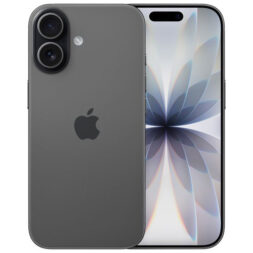
iPhone 17
The iPhone 17 is best for entry users who don’t need the best cameras and advanced features, and who aren’t heavy power users. It’s also ideal for those on a budget, especially considering that iPhones are generally expensive. You’re not getting the most power and missing out of some photo and video capture capabilities. It also doesn’t last as long. But you still get Apple Intelligence, neat camera features like Dual Capture and Center Stage, and an all-around premium device.
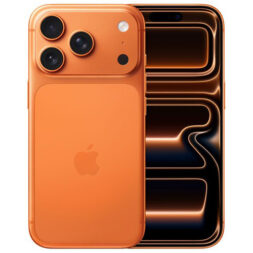
iPhone 17 Pro
Arguably the best of the bunch, the “Goldilocks” model, the iPhone 17 Pro has all the premium specs you could want in the newest phone. It is missing some features you get in the Pro Max, including a bigger storage option (though this adds to the price) and longer battery life. Otherwise, if you’re fine with the “smaller” phone, the iPhone 17 Pro offers the best value for dollar. This phone sits in the sweet spot as the best option for most users.
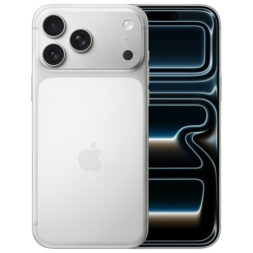
iPhone 17 Pro Max
The three key differences between the iPhone 17 Pro and 17 Pro Max are screen size, storage, and battery life. It’s worth the upgrade for power users and those who want a bigger screen. It even comes in the same colours. The decision really comes down to screen size preference, and how much you use the phone on the go. Given the larger screen, I’d recommend this model for serious content creators and gamers who will make use of the extra screen real estate. Those with vision challenges might appreciate the larger screen as well.
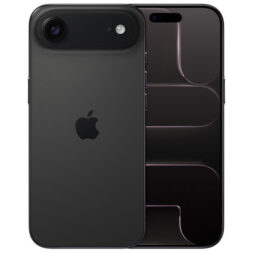
iPhone Air
The iPhone Air is one of the most challenging models to pinpoint because you trade some spec for stylish, yet still rugged, design. It’s the only model made from titanium, adding a sense of elegance. It has a slightly slower GPU than the Pro and Pro Max, so it’s not the best option for gamers. Battery life is a big concession along with the loss of the extra cameras. The size is a sweet spot for those who find the iPhone 17 Pro screen too small but the Max too big. I’d only recommend this phone for light business users or students who only need it for basic tasks, light gaming, and social-worthy posts.
Which iPhone model should you buy?
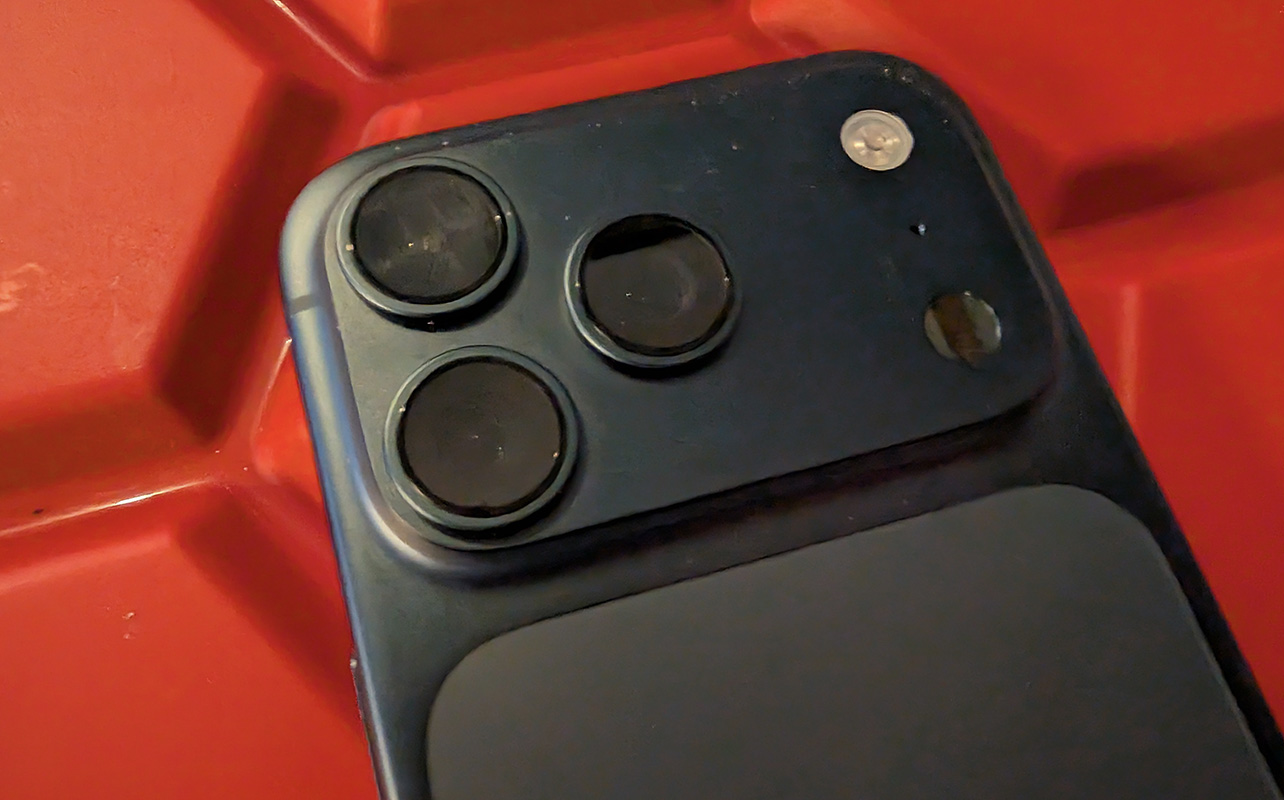
It’s decision time. If you’re ready to upgrade, first off, congratulations! Especially if you’re upgrading from a model older than the iPhone 15 Pro, this will be your first introduction to Apple Intelligence and all the great features that come with it. This includes smart assistance while composing e-mails, fun Genmoji image creations, Visual Intelligence, photo editing features, and more. But deciding which phone to get among the four is a challenge.
Balancing features with cost and value, the iPhone 17 Pro is the best option for most. Splurge on the 17 Pro Max if a bigger screen, longer battery life, and more storage are priorities. If you want something sleek and sexy, the iPhone Air will turn heads. The iPhone 17 is a great entry, especially if you can find it for a good deal. But I would recommend saving up to go with the iPhone 17 Pro instead unless you’re a casual user or just need the basics. Whichever model you get, these are the best and newest iPhones right now.
Check out all the iPhone 17 models at Best Buy Canada.



